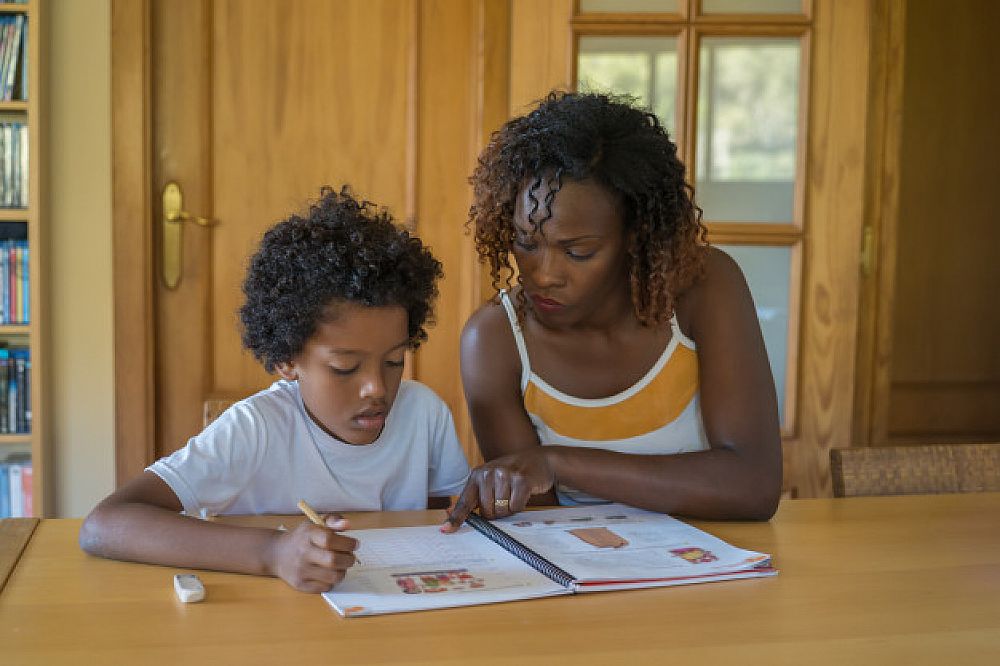Why Cultural Sensitivity Can Affect Your TEFL Classroom

When deciding to teach as a TEFL teacher abroad one has to be aware of the challenge of “cultural sensitivity in the classroom”. Whether one already knows where to look for employment or the location still is unclear a teacher needs to be prepared to face cultural issues in a country of a foreign culture. There will be stereotypes, different religious beliefs, social differences and issues between several ethnic groups. People might project stereotypes onto other groups and also they may have to endure resentment towards themselves. Those issues will have to be addressed and resolved if a teacher wants to be successful. There are gaps in the classroom between the students and their teacher and also among the students themselves. Those gaps need to be bridged, through understanding form both sides.
This post was written by our TEFL certification graduate Christian R. Please note that this blog post might not necessarily represent the beliefs or opinions of ITTT.
Foreign Experience
Teachers in foreign countries will need to have an awareness of cultural sensitivity in the classroom. Depending on the country they choose to live and work, they will face more or fewer differences in teaching in a class. Those differences can be of religious, gender, social or ethnic nature. A teacher can come from a Muslim country to teach in a country in Canada or come from Europe and teach in Asia. In both cases the teacher has to be aware of the cultural area she/ he is living and working in and has to behave accordingly to be able to successfully work in a classroom.
It is highly important to relate to all of the students and address cultural issues instantly because there will be misunderstanding, miscommunication and/ or misinterpretation. Since teachers most likely will have students from various backgrounds, educational levels and/or various countries in their classroom who bring their cultural background and environment with them, the teacher needs to carefully handle, mitigate or mediate upcoming differences, offenses and misunderstandings. It is best to address those cultural issues right from the beginning of the class, through teaching about different countries, believes and social arrangements and to find exercises that support the idea of respect, tolerance, and understanding of different cultures.

Also Read: How does the lifetime job support service work?
Teacher’s Responsibility
The teacher has to be a role-model by undertaking the effort of learning about the culture she/he is living and working in and display his ability and determination to respect the culture. The teacher needs to accept and adept within that culture to be able to understand his students and incorporate this into his teaching point.
But not only the teacher needs to change his behavior towards his students and his colleagues. Especially when the class is comprised of students with various backgrounds, e.g. religious, social or ethnic background the students themselves have to work towards an understanding of the concept of acceptance of and respect for different cultures. All members of a classroom have to develop and increase the level of sensitivity for cultural issues and address and solve problems as soon as they arise. Communicating those issues and solving them will benefit all: The teacher can put his syllabus into work and the students will find a supportive classroom environment, and both parties will succeed in their work.
Do you want to teach English abroad? Take a TEFL course!
Apply now & get certified to teach english abroad!
Speak with an ITTT advisor today to put together your personal plan for teaching English abroad.
Send us an email or call us toll-free at 1-800-490-0531 to speak with an ITTT advisor today.
Related Articles:
- The 10 Most Common Types of EFL Teaching Jobs
- 7 Awesome Ideas for Business English Classes
- 10 Female Travel Bloggers You Should Be Following Right Now
- 6 Steps To Becoming a More Confident Teacher
- Differences between Young Learners and Adult Learners in the TEFL Environment
- The Best Countries for Single Women to Teach English Abroad




